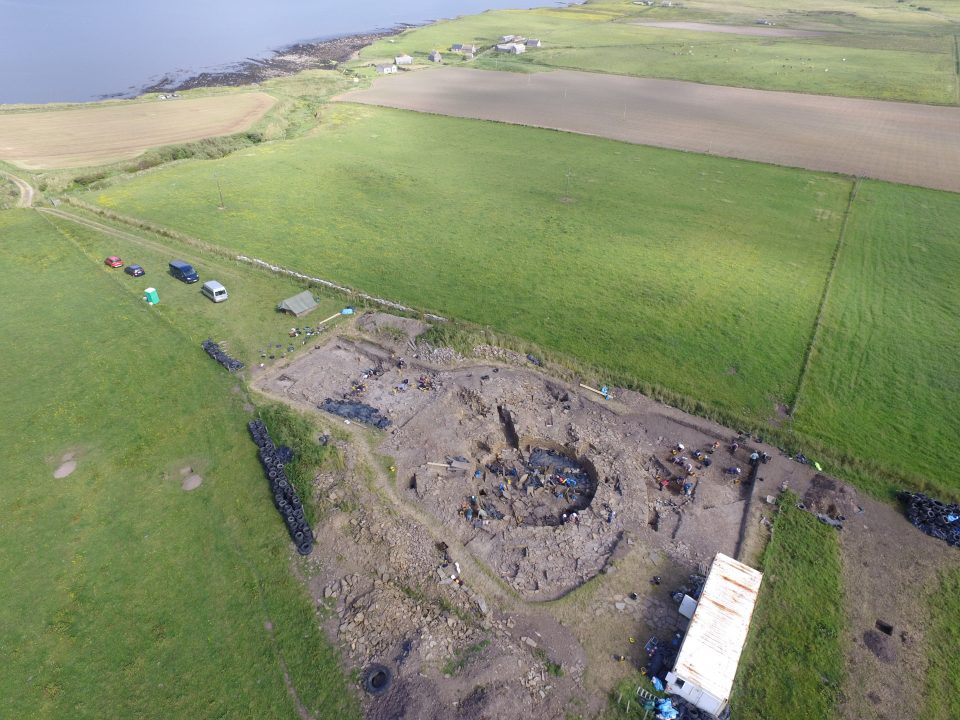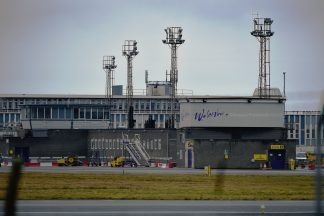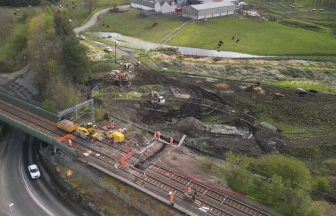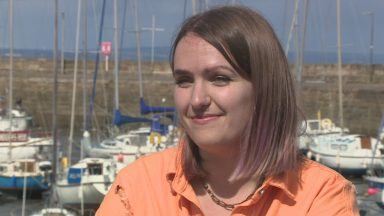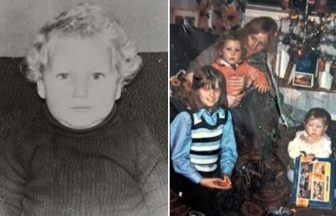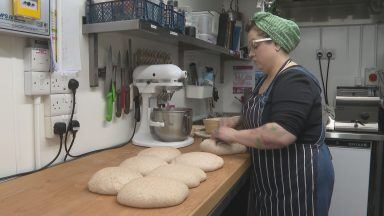A massive pit containing nearly 20,000 bits of shellfish has been found on Orkney – believed to be remnants of an Iron Age community feast.
The Cairns Iron Age site in South Ronaldsay, Orkney was used around 1500 years ago during the fifth or sixth century AD.
Academics believe the entire community may have gathered, as they were believed to have done a couple of centuries earlier, with previous excavation at the site revealing horse meat, red deer, cow and otter, thought to have been a celebration for completing a batch of jewellery.
Researchers from the University of the Highlands and Islands Archaeology Institute (UHI) have found the massive Iron Age feasting site was used to cook shellfish.
After the shellfish were cooked, the shells were thrown back in and 18,637 shells have been found discarded in the pit, believed to date from 300AD to 800AD.
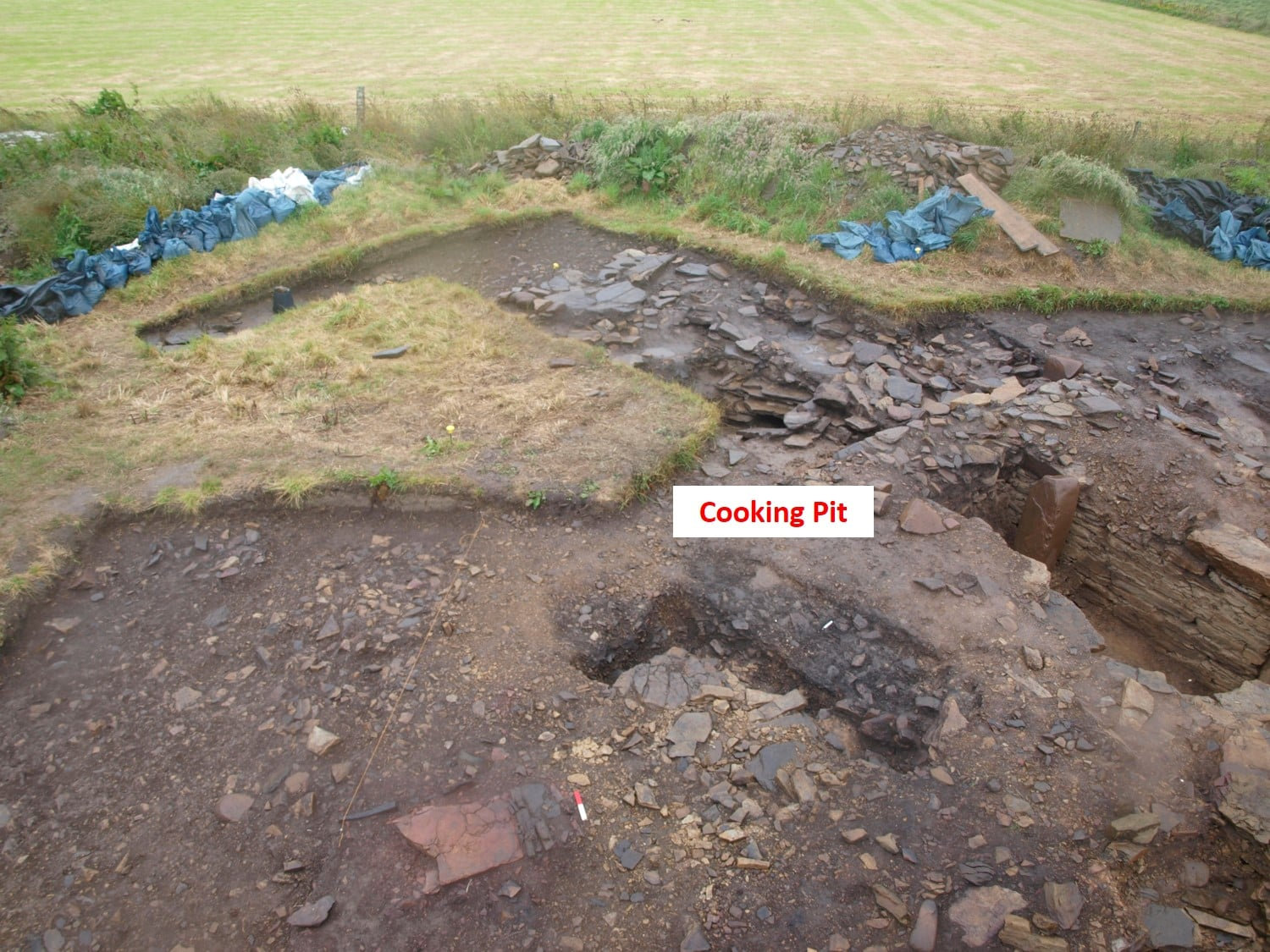 SWNS via SWNS
SWNS via SWNSMost shells analysed by UHI Archaeology Institute Masters student Holly Young, were limpets (84 per cent) and common periwinkles made up the rest of the shellfish menu.
The radiocarbon date shows the pit was in use at the same time as a nearby souterrain, an underground passage.
Martin Carruthers, site director at The Cairns and lecturer at University of the Highlands and Islands Archaeology Institute, said: “This is an astonishing number of shells for a short-lived, single-event context.
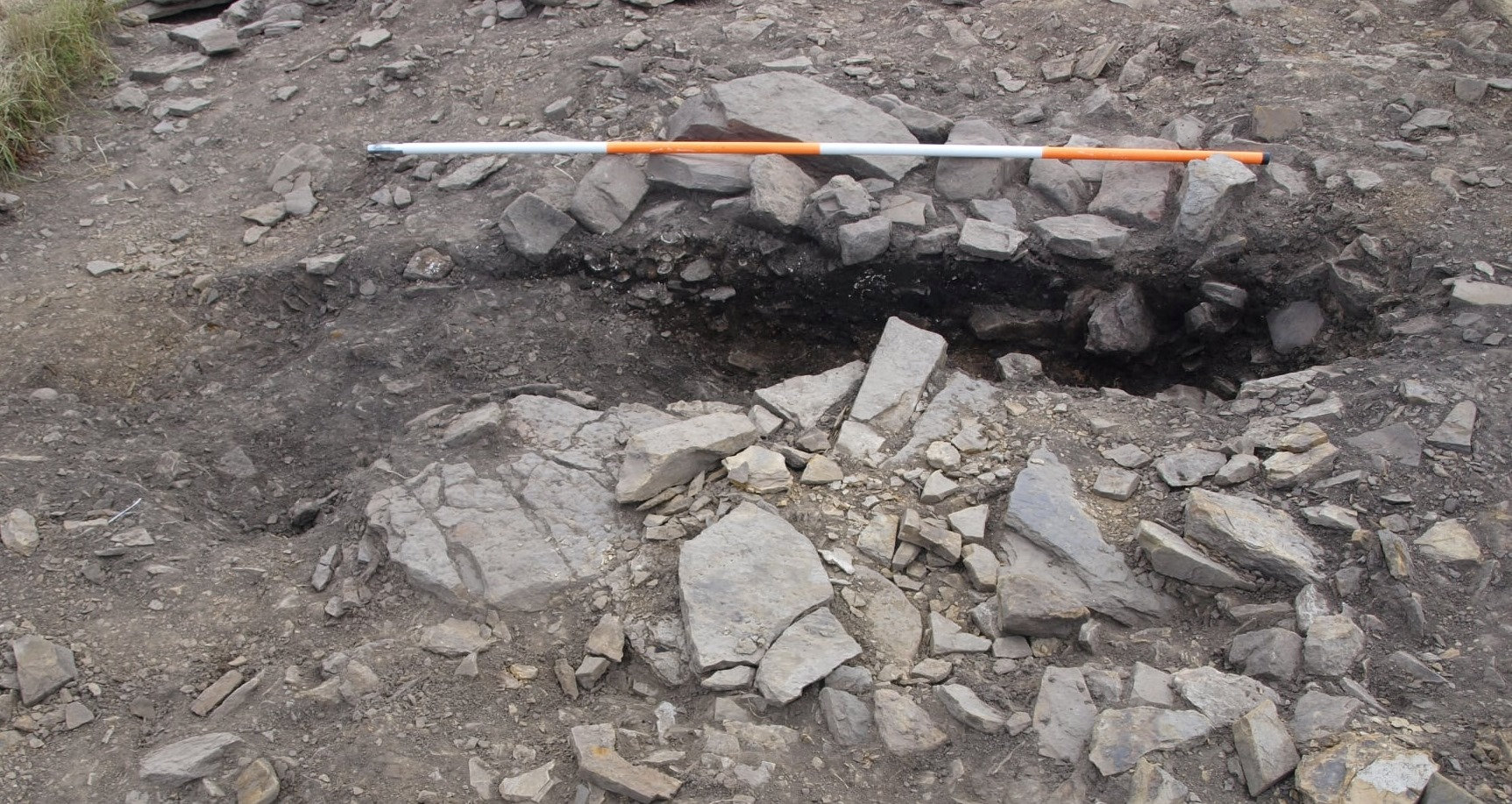 SWNS via SWNS
SWNS via SWNS“This suggests it may have been part of a special food event, a feast involving the whole community of the site or even beyond.”
Archaeologists have worked at The Cairns for many years, but the addition of a radiocarbon date places the feast in the Pictish-era, which roughly spanned from 300AD to 800AD.
Mr Carruthers said: “One of our project research aims has been to investigate the role of souterrains and this extraordinary contemporary feasting is adding to our picture that souterrains may have been very special places involving social and ritual practices, in addition to whatever other roles they may have had in food production or storage.
“Indeed, during the construction of The Cairns souterrain another cache of shells was placed over the slab roof of the structure along with a special deposit of rotary querns.”
By AD565, Orkney had been incorporated into the Pictish kingdom, but Mr Carruthers cautioned against assuming it was Picts who gathered at The Cairns.
Follow STV News on WhatsApp
Scan the QR code on your mobile device for all the latest news from around the country


